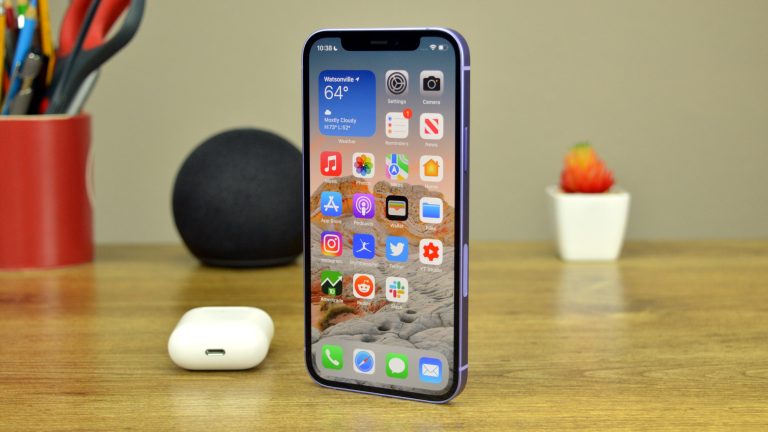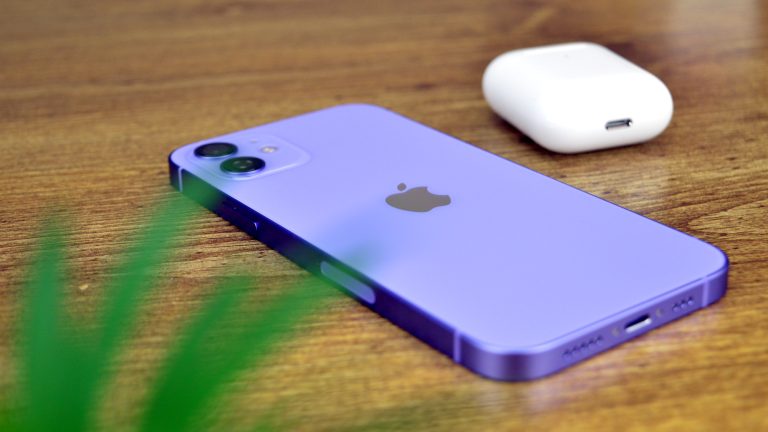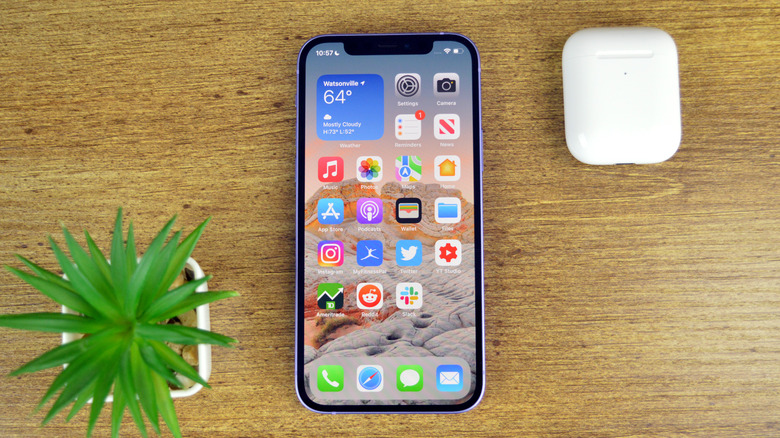4 Secret iPhone Apps You Probably Didn't Know Were Hiding In iOS
Over the past few months, we've covered a number of iPhone tips and tricks designed to improve the iPhone user experience. But today, we're going to focus on something a little bit different. Today, we're going to highlight a handful of hidden iPhone apps you likely had no idea existed. And while you might be inclined to think that any app Apple hides beneath the surface can't be that helpful, that is certainly not the case.
Now, the line between iPhone features and iPhone apps is admittedly thin in this case. Still, the broader point is that the full array of features Apple bakes into iOS isn't always obvious. So if you're looking to amplify your iPhone expertise, the hidden iPhone apps below will help you do just that.
Hidden iPhone apps you need to know about

Magnifier
Magnifier has been around since 2016, but there's a good chance you're not aware of it. Billed as an accessibility feature, Magnifier allows iPhone users to greatly enhance the zoom on their camera when directed at text or an object that happens to be either close or far away. Note that the Magnifier is significantly more capable than the built-in zoom on the Camera.
To see what this app is all about, you can turn it on by going to Settings > General > Accessibility > Magnifier. Toggle it on and you're good to go. From there, you can activate the Magnifier app by triple-tapping the side button.
Code Scanner
Code Scanner is another hidden iPhone app that we covered last year. The app has been around since iOS 13 but didn't get much attention until QR codes started to become ubiquitous as a result of the coronavirus pandemic.
Code Scanner is a QR scanning app. In many ways, it's similar to the QR reader already built into the Camera app. There is, however, one minor difference. When you scan a QR code with Code Scanner, it will open up the corresponding link immediately within an in-app browser. The benefit here is that you can bypass calling Safari into action. In the process, you can look at restaurant menus and ticket information without opening up countless new tabs in Safari.
To use this iPhone app, all you have to do is add it to the Control Center. You can do this by going to Settings > Control Center > Customize Controls. Next, simply tap the green "plus" icon next to Code Scanner.

Back Tap
Back Tap is a somewhat clever and not widely known way to take a screenshot simply by tapping on the back of your iPhone. To use this feature, go to Settings > Accessibility > Touch > Physical and Motor. Next, start scrolling until you see "Back Tap." Select that, and you can now specify if you want to call it into action with either a Double or Triple tap.
Additionally, you can specify what action you'd like to trigger when tapping your iPhone. If you don't want to go the screenshot route, some other options include turning Siri on, adjusting the volume, viewing the Notification Center, muting your device, and more.
Two things to note here. First, Back Tap should work well even if you have a thick iPhone case. And second, using Back Tap requires iOS 14 and an iPhone X or later.
Field Test
And last but not least, we'd be remiss if we didn't cover a tried and true hidden iPhone app: Field Test. This hidden app has been a part of iOS for quite a long time. If you're not familiar with it, here's how it works and how to access it.
Field Test essentially allows iPhone users to ascertain the strength of their cellular connection. It can be accessed by typing *3001#12345#* into your phone and then hitting the green call button. You should then see a dashboard with cellular band and signal strength information.
Gadgethacks has a good writeup detailing the full extent of what you can do with the Field Test dashboard over here.
More iPhone coverage: For more iPhone news, visit our iPhone 14 guide.
